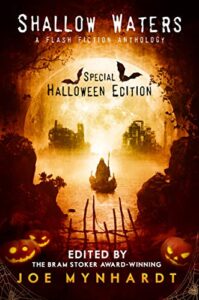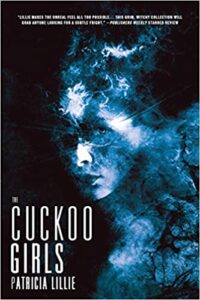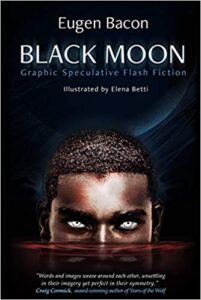Shallow Waters: A Flash Fiction Anthology; Special Halloween Edition Book 9 of 10) edited by Joe Mynhardt
Crystal Lake Publishing, 2022
ASIN:: B0BGYXGH4D
Available: Kindle edition ( Amazon.com )
Shallow Waters, a monthly flash fiction contest hosted by Crystal Lake Publishing, collects stories with different themes each month. This volume presents 18 pieces of flash fiction centered around Halloween. While I enjoyed all of the stories in this anthology, there are a some that stuck with me long after I finished the book.
William Meikle is one of my favorite genre writers, and his “Tumshie” is my top pick in in this book. A drunkard of an abusive father refuses to let his son have a Halloween pumpkin, rather insisting on a tumshie, a carved turnip. When John discovers the secret of the tumshie, he embraces his new tradition.
I enjoy stories that aren’t told in a typical format. Letters, newspaper articles, and diaries lend stories a more intimate feel. “West Pennfield Township Newsletter, October 2021” by Tom Coombe presents a, well, newsletter to the township regarding “simple rules” that the townspeople need to follow lest The Judges be awakened. Another story told in a unique format is Francesca Maria’s “How to Create the Perfect Pumpkin.” Carving a fresh pumpkin can be so exciting, but there is something about this list of instructions that doesn’t seem right.
In “I Want Candy” by Larry Hinkle, Erik’s addiction to candy leads him to do the unthinkable when his wife and child come home from a successful night of trick-or-treating.
Rick Whatley’s “Let the Darkness In” comes from the perspective of two parties. Four Class of 2022 high school seniors set out to kill a witch. Behind closed doors and still in mourning, Edith doesn’t know what is coming.
In “The Pumpkin Fetch” by Tom Deady, the Halloween traditional of a pumpkin thieving contest ends in a different kind of harvest.
The chaos of a Halloween party where parents and children are in attendance results in an urban legend becoming a reality in “One Parent Survives” by Wil Dalton.
I have only read a few flash fiction collections, and I am impressed with how some authors can evoke fear in a reader with few words. Because of the impact this anthology had on me, I will be reading other volumes in Shallow Waters. Recommended
Reviewed by Lizzy Walker







Follow Us!